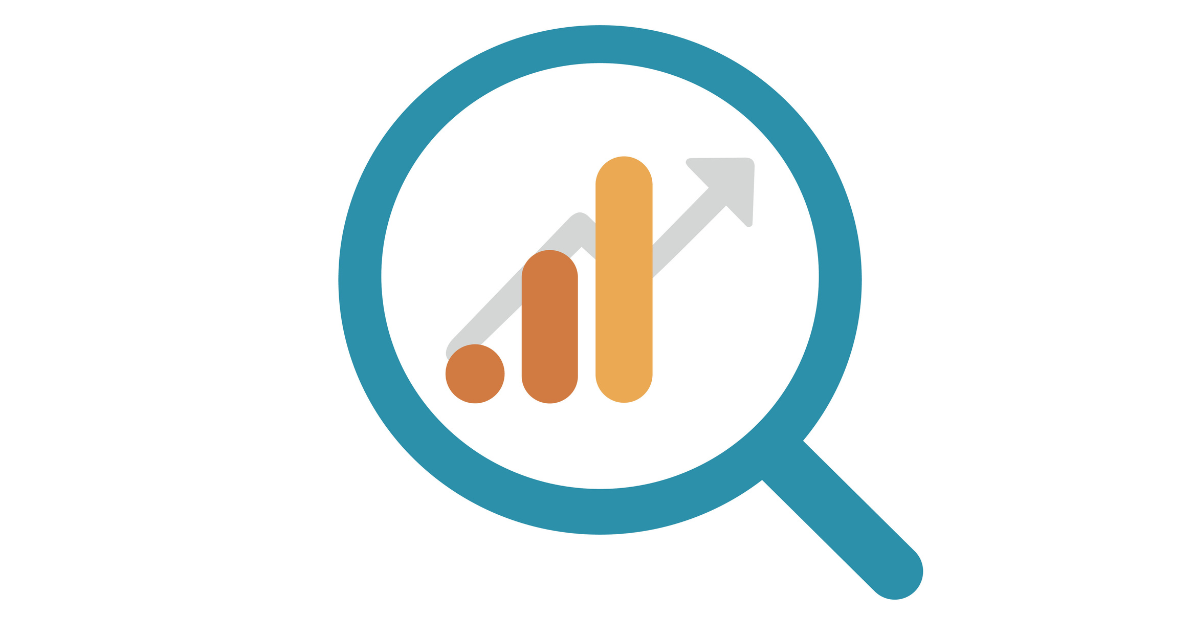Marketing analytics plays a pivotal role in helping businesses track their progress and achieve their objectives. Leveraging data-driven insights is essential for achieving business success. Brands are able to make informed decisions, optimize campaigns, allocate resources more effectively, and gain deeper insights into their customers. Understanding and harnessing this power can impact companies positively and is one of the first steps to enhancing the customer journey and achieving goals.
Why Great Marketing Analytics and Insights Makes for a Strong Customer Journey
Establishing, fleshing out, and understanding the customer journey is essential for any brand that wants to retain customers, build loyalty, and attract new business. Marketing analytics is a great way to build a strong foundation and guide the journey. Here’s what great marketing analytics insights can offer:
- Customer Support. Easily identify pain points and areas of improvement throughout the customer journey by analyzing feedback and interaction data. Resolve any issues noted efficiently and effectively and offer better solutions and support.
- Trends and Preferences. Tailoring marketing efforts relies on understanding audience demographics. Analytics allows brands to segment accordingly and deliver personalized content that resonates with specific groups.
- Messaging and Media. Determine which channels are the most effective in reaching and engaging with target audiences and segments. Not only does this streamline your content production and campaigns, but it also enables you to allocate and optimize your marketing budget wisely.
- Product Insight. Gain valuable feedback on product performance by analyzing customer feedback and product usage. Use this information to refine offerings and create better products and services to meet the needs of your customers.
- Future Planning. Predictive analytics can be utilized to forecast future trends and make proactive decisions. In a competitive environment, this aids in strategizing future campaigns and resource allocation.
Sources of Marketing Data
Marketing data can come from a variety of sources. Understanding the differences between these sources can help businesses make informed decisions, maintain data quality, and leverage data effectively.
A common way to breakdown data sources is by categorizing them into first-party, second-party, and third-party data. These are distinct categories that serve different purposes. Knowing the difference between all three helps you assess the quality of the data and make marketing decisions while being conscious of where the data comes from.
First-Party Data
This is data that is collected directly from the source aka customers or target audience. It can include data gathered through surveys, A/B tests, organic interactions (site visits, social media analytics), paid advertisement interactions, or email campaign analytics.
These insights are important since they are collected firsthand which leads to highly accurate and reliable data. As such, it can be leveraged to personalize marketing campaigns, improve experiences, and target customer segments effectively.
Second-Party Data
Second-party data is collected through other organizations. Essentially this is someone else’s first-party data that has been shared or sold for mutual benefit. While there are a few parties shuffling data around, this is still considered relatively reliable since it’s still first-party data.
This data is useful because it can provide additional insights into an audience or market segment. Remember that this is usually obtained through strategic partnerships which means businesses have the opportunity to collaborate with partners, expand reach, and also mutually benefit from the exchange. These benefits can all lead to new opportunities and revenue streams.
Third-Party Data
Third-party data is data that is acquired from external sources or data providers. This is information that is collected and aggregated and does not directly connect to the business using it. Examples of this include industry reports, government or non-profit data, or social data from public profiles.
While this is seen as the least raw source of data, there are still many useful applications to it. Third-party data is useful because it can give brands access to a lot of information at a cost-effective price. It can complement first-party data and is a great alternative for those that don’t have the time or resources to collect first-party data.
Marketing Analytics Tools
Analyzing marketing data is the obvious next step after obtaining analytics. This process involves extracting meaningful insights from the data and using it to inform your next campaign and future strategies.
Data and analytics play a big role at emfluence. Our teams use a wide range of tools to track and measure the impact of our marketing efforts. Some of our most used marketing analytics tools include Google Analytics, Tableau, Microsoft Power BI, and of course, the emfluence Marketing Platform.
Mistakes to Avoid in Marketing Data Analysis
It’s not just using great tools that keeps everything running smoothly. It’s also just as important to be aware of common pitfalls when looking at the data in these platforms.
For example, the quality of your data is a high priority. Failing to ensure the accuracy or reliability of your data can lead you down a path of bad insights and poor decision making. To avoid this, be sure to check your source of truth and regularly audit to eliminate errors, duplicates, or incomplete records. It’s a good idea to establish standards for your data quality and have validation processes in place.
It’s also important to have clearly defined objectives in mind when analyzing data. Those that don’t could run into confusion or data overload. Have specific, measurable, and relevant goals for any analytics projects you have going on.
Numbers can tell a great story but solely focusing on metrics that look impressive will not get you far. Metrics that provide actionable insights are the ones that actually make a difference. This is data that will relate directly to your business goals. Remember, vanity metrics don’t lead to valuable decision making.
Finally, don’t forget to integrate your data! You want a full picture of what’s happening behind the scenes and the way to do that is to integrate data from various sources. Leaving anything out can result in a fragmented view of your customer journey. There are plenty of systems or tools that allow for seamless data integration. Getting everything connected can lead to better overall analysis.
Integrating Marketing Analytics into Your Business
Implementing and prioritizing marketing analytics into your business is a multi-step process. It involves data collection, analysis, interpretation, and action. Partnering with a smart + innovative marketing agency like emfluence and tapping into marketing analytics services can help you get on track.
Marketing analytics functions as one of the foundations of modern marketing, providing businesses with insights needed to optimize customer journeys and drive growth. By harnessing the potential of analytics, you’ll be able to gain deeper insight into your campaigns and customers all while achieving your goals faster.



